Van Loon Museum: A restored Golden Age house
On the same day we visited the Ons’ Lieve Heer op Solder museum and The Canal House Museum, our last stop was the Van Loon Museum, a restored Golden Age canal house.
This is what I’d been expecting when we visited the Canal House Museum: rooms that give an impression of how wealthy residents of Amsterdam’s so-called “Golden Age” lived and, to a much lesser extent, how their servants lived. While the Van Loon house dates to that period, it is furnished to the style that reflects later – still wealthy – residents.
Disclosure: This post contains affiliate links. That means I’ll receive a small commission on anything you buy through clicking the links. This will not affect your price.
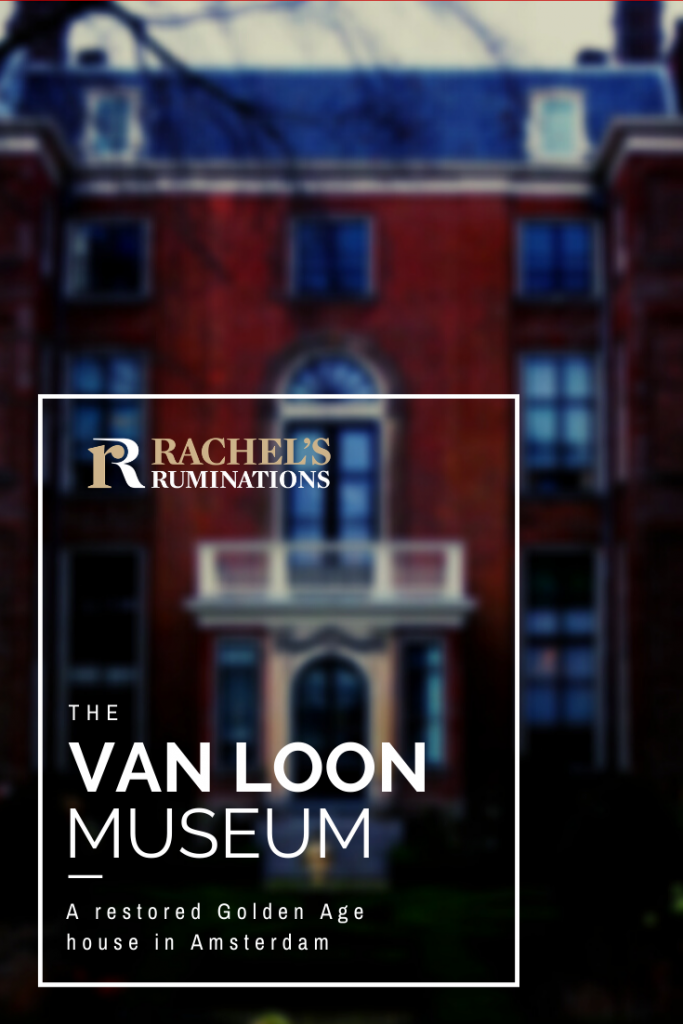
History of the house
This museum is named after Willem van Loon, a founder of the Dutch East-India Company (VOC). (Loon is pronounced like “loan”, by the way.) The fact is that a large proportion of the profits from the VOC was based on slavery or on other forms of oppression of native peoples. Nevertheless, houses like this are an enduring and beautiful legacy.
Built in 1672, its first resident was Ferdinand Bol, whose paintings can be viewed in the Rijksmuseum. The van Loon family didn’t move in until the late 1800s. When they did, they filled it with their family’s history, particularly in evidence in the paintings.
The house is intact, inside and out, and has been filled with a collection of articles from several different centuries, which is, I suppose, what would have happened with a patrician family like the van Loons. They would have replaced some pieces and kept some old ones, as any family would.
Exploring the Van Loon Museum
There is no set route through the Van Loon house, and you are free to wander around at will. There’s a lot to examine, if you’re so inclined: period furniture, paintings, porcelain, decorative mouldings, chandeliers, and so on. A few signs explain the elements of each room, and notes on all of the furniture remind visitors not to sit down, but they’ve done a good job at keeping modern intrusions to a minimum. It was quite a restful contrast to the multimedia activity of the Museum of the Canals.
I was particularly drawn to the details: the items laid out on the dressing table in the bedroom, the shiny copper pots on the enormous cast-iron stove down in the kitchen. Perhaps it was because the afternoon light through a cloudy sky was so much like a Vermeer painting.
If you’re curious about other small museums to visit in Amsterdam, check out these articles:
- Rembrandt’s House: Rembrandt’s house and studio
- The Willet-Holthuysen Museum: a period house, similar to the van Loon house
- The Dutch Resistance Museum: all about the Netherlands before, during and after WWII
The garden
The small garden is laid out in formal style and from the back of the garden you can look back at the house to see its elegant symmetry, somewhat marred by the asymmetry of the houses on either side.
A coach house, closed when we visited, backs the garden. It is usually used to exhibit the van Loon family’s collection of carriages, coaches, and other accoutrements that belong in a coach house. It also has a cafe, with tables outside in the garden in good weather.
It all seemed very much an Amsterdam-based Downton Abbey to me, with its air of old money and women swishing around in long skirts or drinking tea from very delicate china. If that’s what you’d like to see, this small museum is definitely worth a short visit next time you’re in Amsterdam.
To find accommodations in Amsterdam, click on any of the options on the map below:
Museum Van Loon: Keizersgracht 672 between Vijzelstraat and Reguliersgracht. Take Tram 24 to the Muntplein stop. Open daily 10-17:00.
(Last edited August 24, 2024)
If you are going to visit several museums and attractions on your trip to Amsterdam, it might be worth your while to buy the I AMsterdam City Card. It includes admission to a whole list of museums, sights and entertainment in and outside of Amsterdam, plus a canal boat trip and unlimited public transportation.
My travel recommendations
Planning travel
- Skyscanner is where I always start my flight searches.
- Booking.com is the company I use most for finding accommodations. If you prefer, Expedia offers more or less the same.
- Discover Cars offers an easy way to compare prices from all of the major car-rental companies in one place.
- Use Viator or GetYourGuide to find walking tours, day tours, airport pickups, city cards, tickets and whatever else you need at your destination.
- Bookmundi is great when you’re looking for a longer tour of a few days to a few weeks, private or with a group, pretty much anywhere in the world. Lots of different tour companies list their tours here, so you can comparison shop.
- GetTransfer is the place to book your airport-to-hotel transfers (and vice-versa). It’s so reassuring to have this all set up and paid for ahead of time, rather than having to make decisions after a long, tiring flight!
- Buy a GoCity Pass when you’re planning to do a lot of sightseeing on a city trip. It can save you a lot on admissions to museums and other attractions in big cities like New York and Amsterdam.
- Ferryhopper is a convenient way to book ferries ahead of time. They cover ferry bookings in 33 different countries at last count.
Other travel-related items
- It’s really awkward to have to rely on WIFI when you travel overseas. I’ve tried several e-sim cards, and GigSky’s e-sim was the one that was easiest to activate and use. You buy it through their app and activate it when you need it. Use the code RACHEL10 to get a 10% discount!
- Another option I just recently tried for the first time is a portable wifi modem by WifiCandy. It supports up to 8 devices and you just carry it along in your pocket or bag! If you’re traveling with a family or group, it might end up cheaper to use than an e-sim. Use the code RACHELSRUMINATIONS for a 10% discount.
- I’m a fan of SCOTTeVEST’s jackets and vests because when I wear one, I don’t have to carry a handbag. I feel like all my stuff is safer when I travel because it’s in inside pockets close to my body.
- I use ExpressVPN on my phone and laptop when I travel. It keeps me safe from hackers when I use public or hotel wifi.


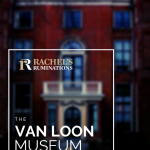
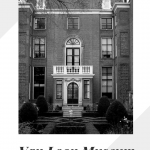
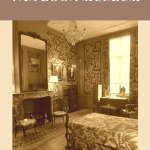
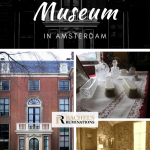
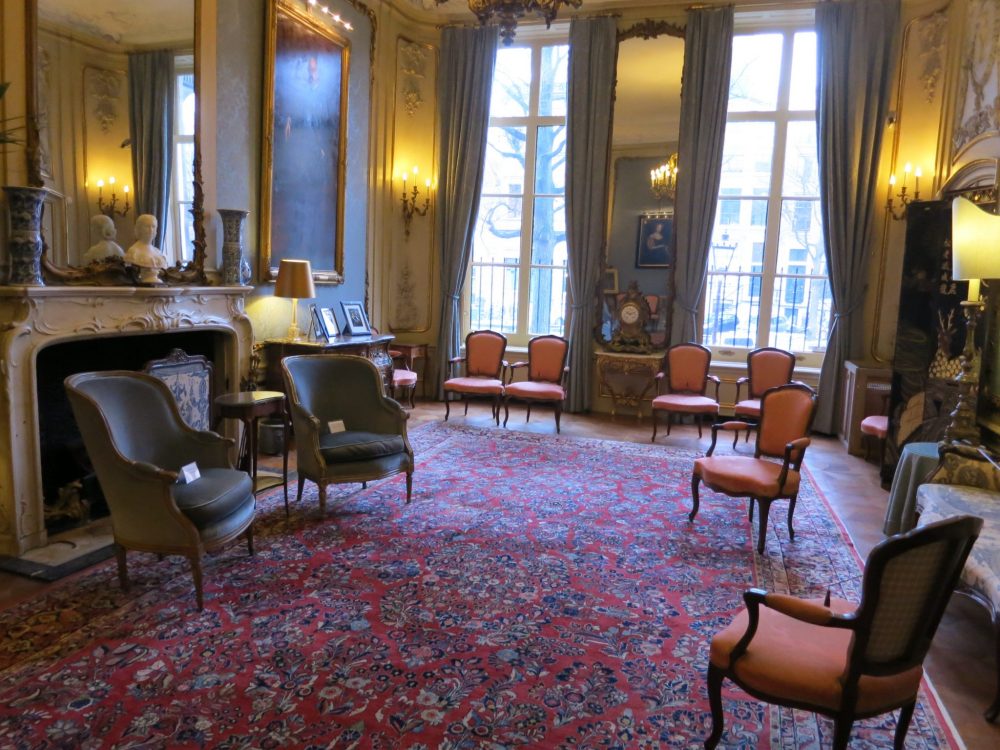
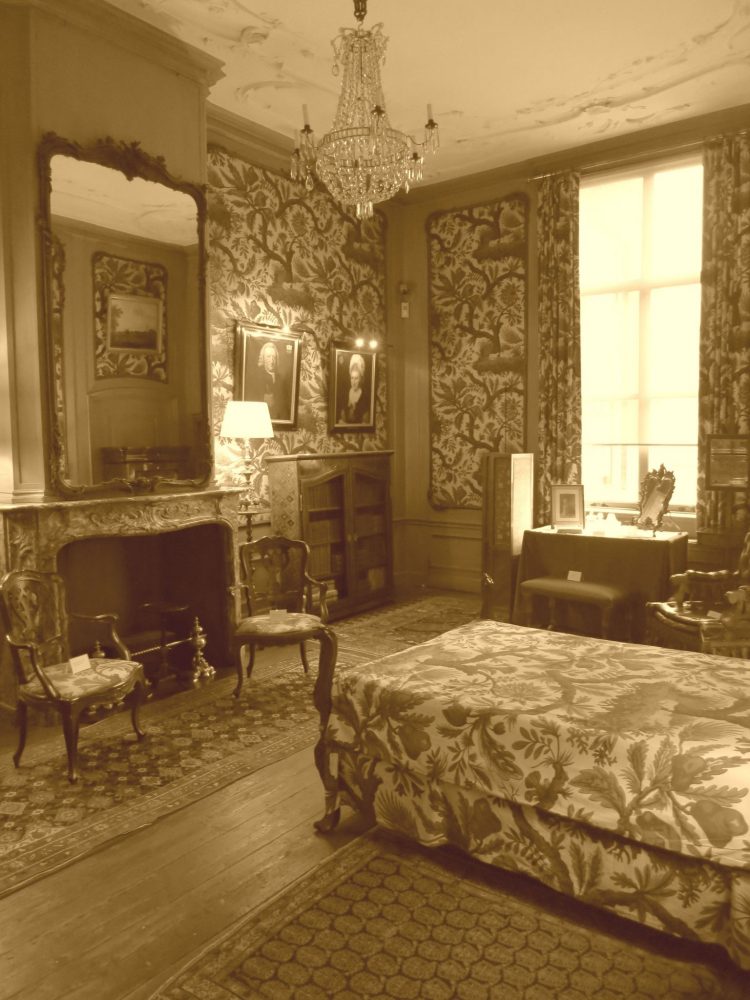
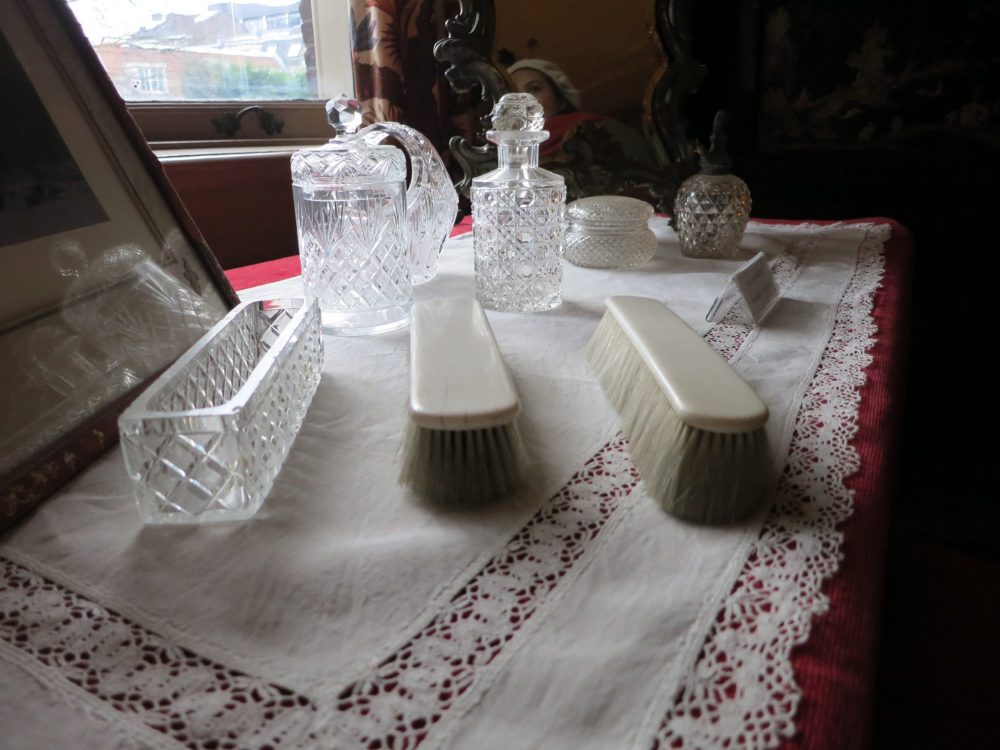
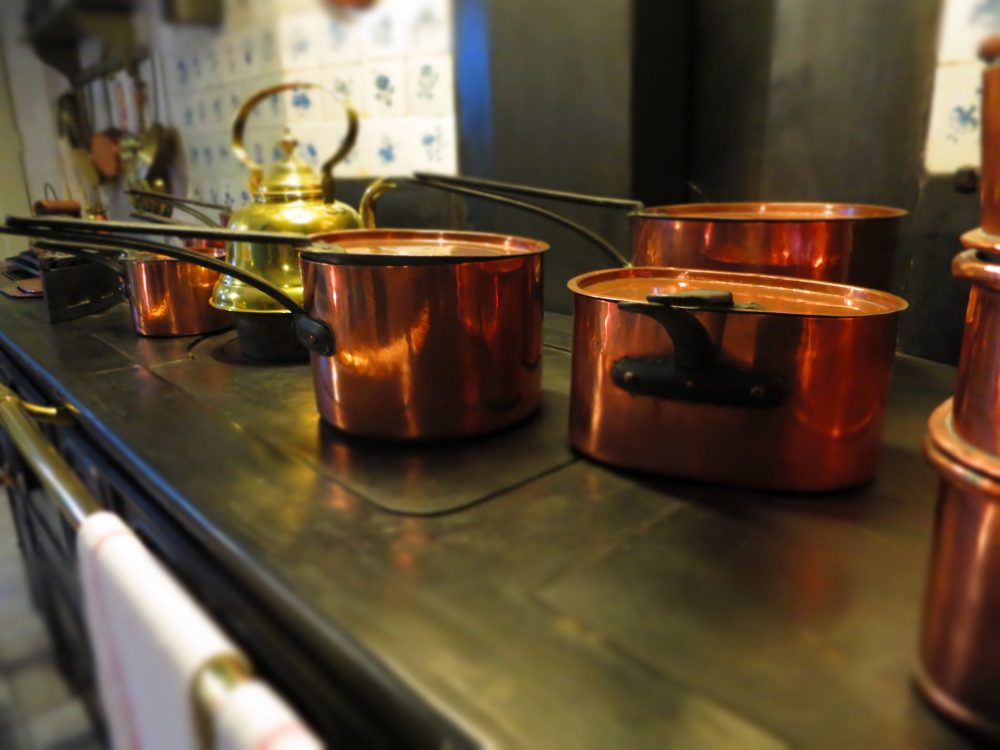
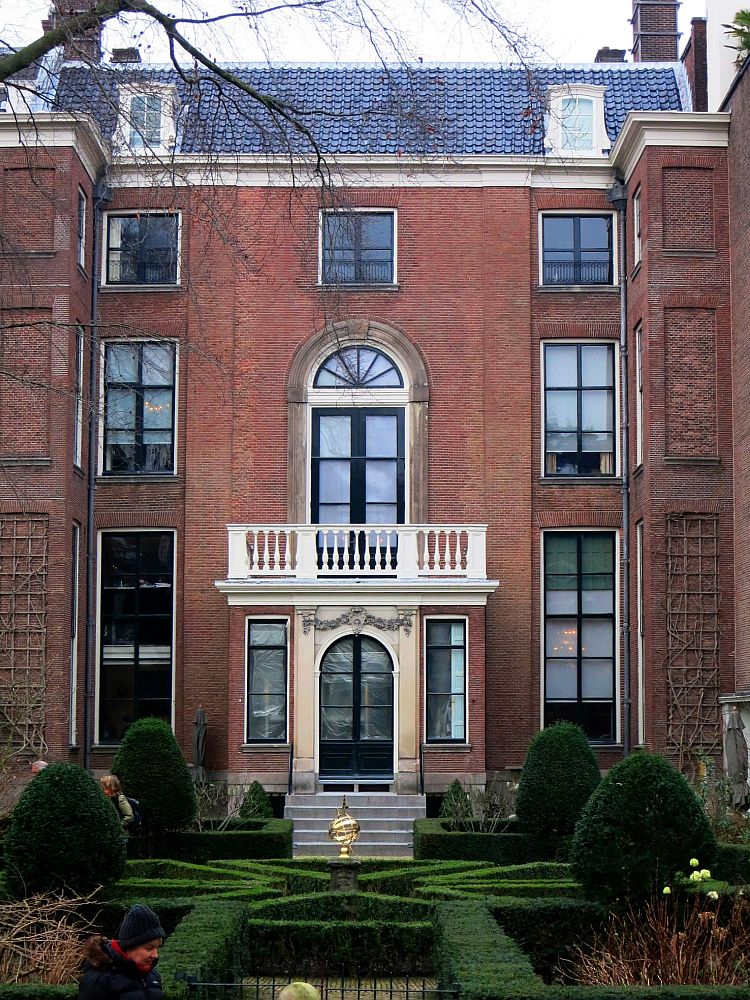

Interesting post, Rachel! I always am amazed just how much history there is in Europe compared to what we have in Canada. Here … something is old (historic) when it’s 100 years old. There … historic can mean that something is several hundred years old, as in the case of the 1672 establishment you’ve mentioned!
Yes, that’s true! I’ve gotten very blasé about it. We bought a house last year and I found myself saying things like ‘It’s not so old. It’s only from 1880.’
This looks so cool. I love seeing history preserved. I especially like how they keep modern distractions to a minimum. It really bothers me when you go into an old house like this and they have televisions set up to tell you about the house. It seems so unauthentic.
I agree! They had a little sign on a stand in each room, but that was it. Easy to ignore, but nice to have if you’re particularly curious about something. Thanks for commenting!
Similar to what Doreen said, anything 50-100 years of age is old in Australia!
It makes me feel so young to see places like this (another perk of travel)!
I never thought of it that way, Chris!
I love all the details in old homes like these. This first thing that came to my mind was Downton Abbey too.
Funny, we get all nostalgic for this kind of life, drinking tea in the drawing room, but of course we always picture ourselves as the upper class, not as the servant class!
I love the idea of walk around the house and travel to the past. So much history in just one place!
We are travelling to Amsterdam on April with some brazilian friends, your posts about the museum and the city arrived in the right time!
Cheers,
Nat
Great to hear it! I’m hoping to visit one more when I’m there again on Tuesday, If I do, you’ll read about it here!